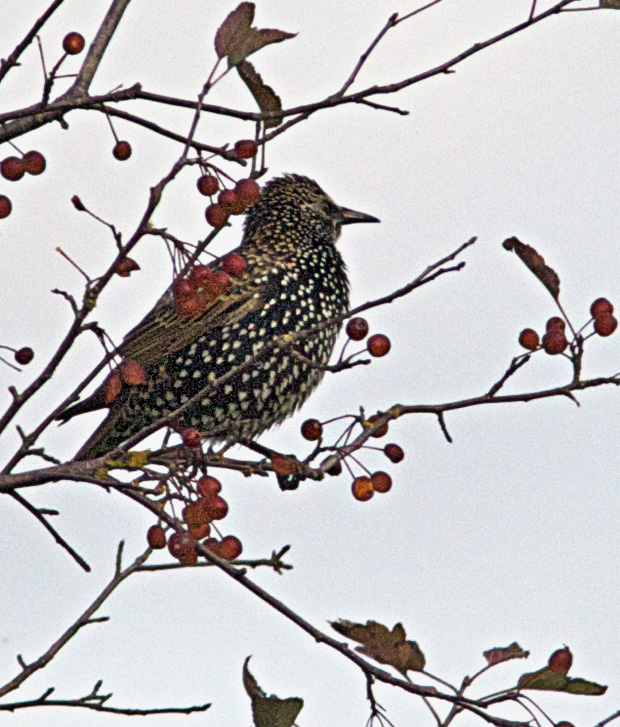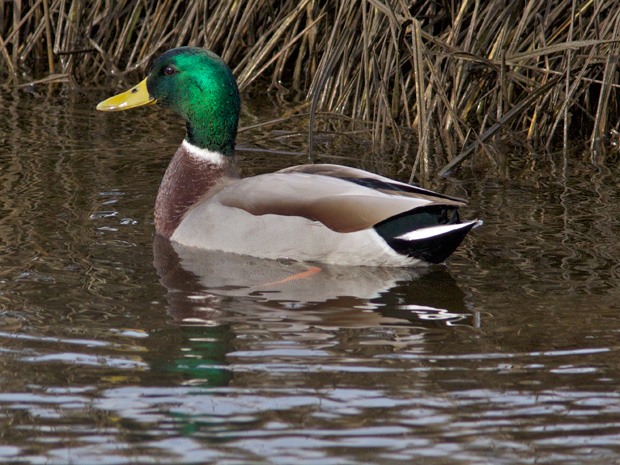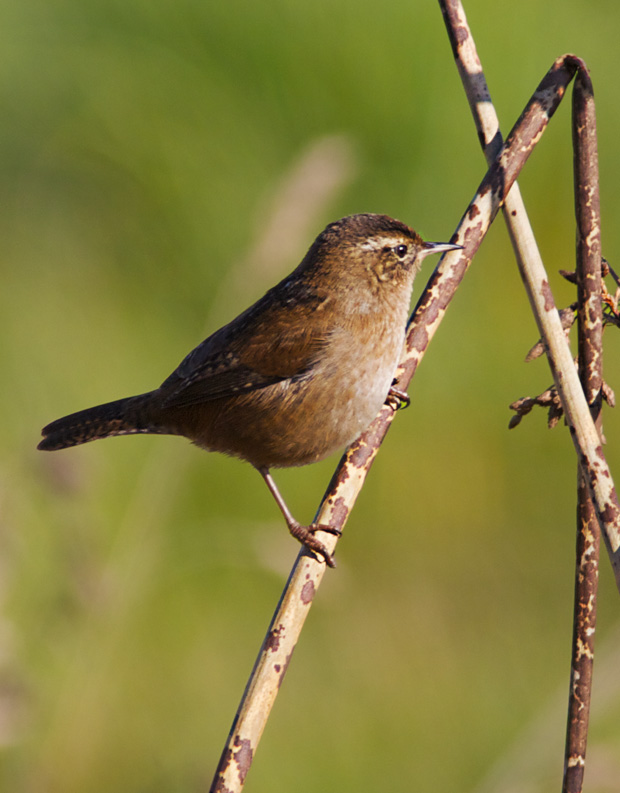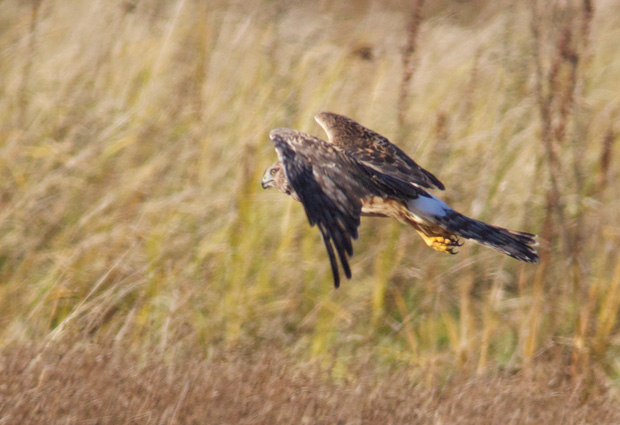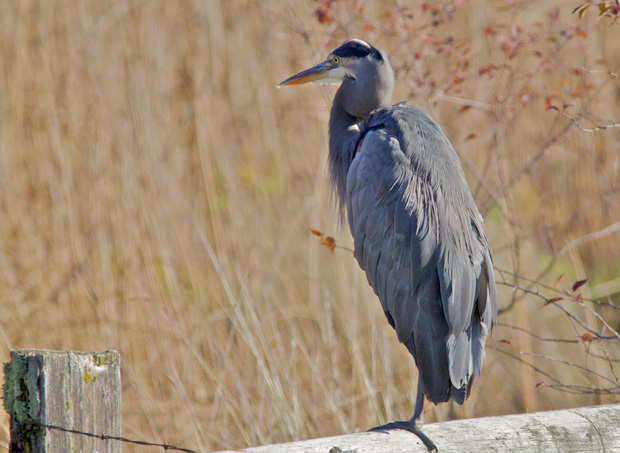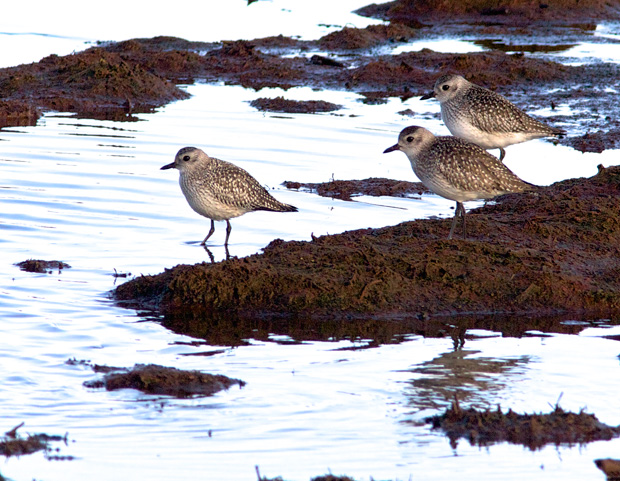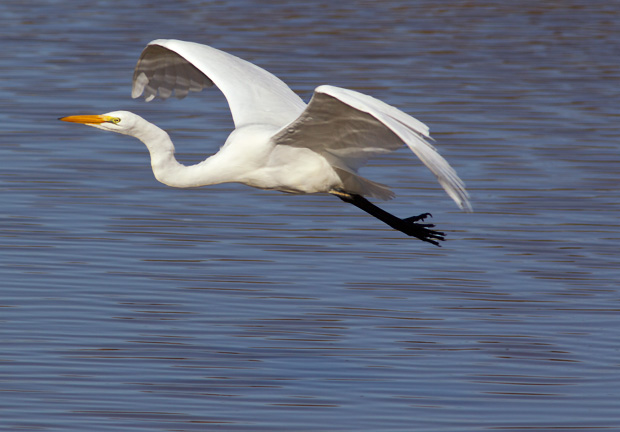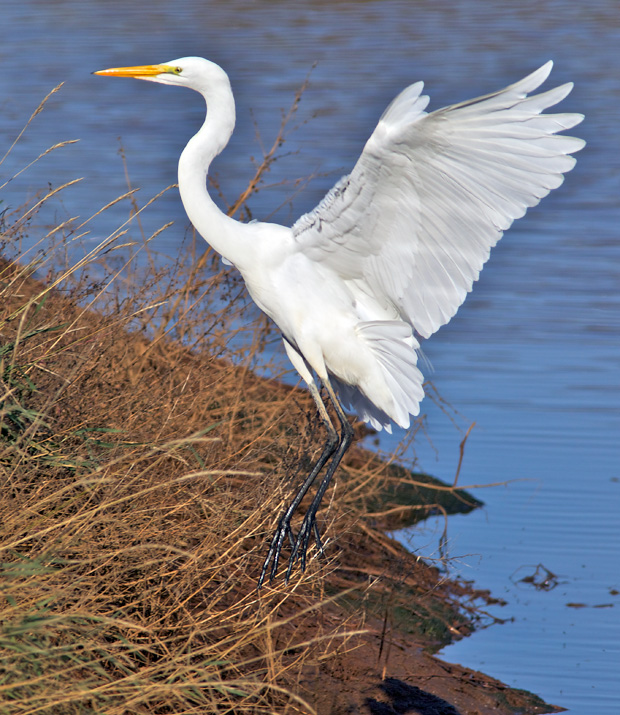Monday’s trip to Nisqually National Wildlife Refuge outing made it perfectly clear how sunshine, bright sunshine, makes for superior photographs, no matter how good your photographic equipment is or how well you can manipulate photographs in in Adobe Photoshop.
Readers unfamiliar with Pacific Northwest weather might assume that we have more sunshine than we really do if they were to judge from my photographs. Truthfully, too often I think I’ve make a picture look brighter than I really saw it because my digital camera can see color where I cannot see it with the naked eye.
Sunshine, however, provides reflections and reveals fine details that you can never — at least I can never — duplicate, like
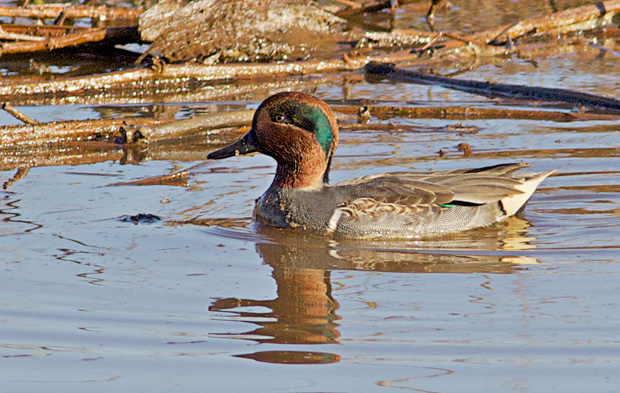
the ripples in the water or the multiple reflections of this Green-winged Teal.
Sunshine also makes it possible to capture details from far away subjects much better than you can under low light. This Belted Kingfisher was actually a considerable distance away,
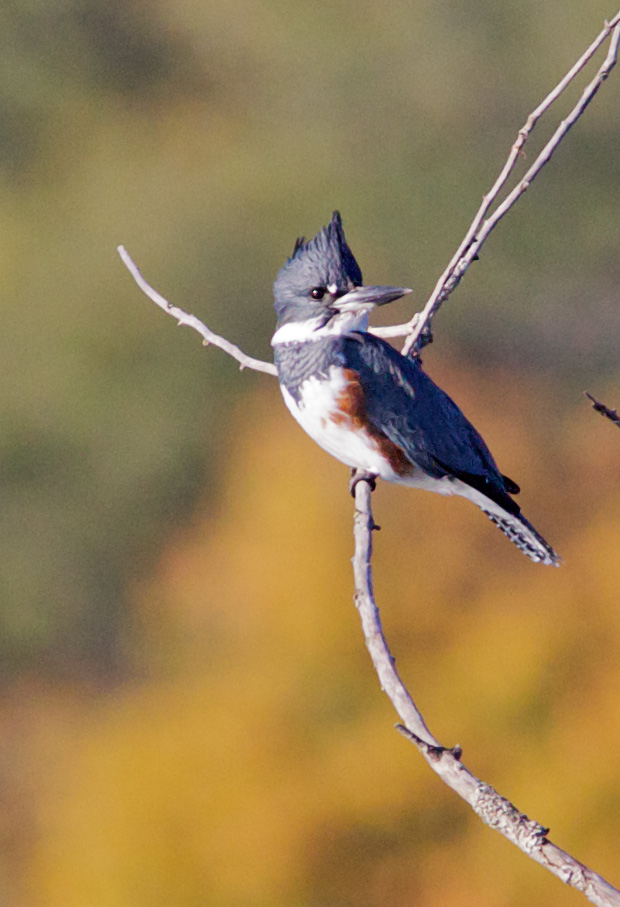
but had enough detail that I can still use this small portion of the shot enlarged to its fullest extent. (Nor does it hurt to have brilliant Autumn foliage on the far bank.)
There are so many things going on in this shot of a common Yellowlegs
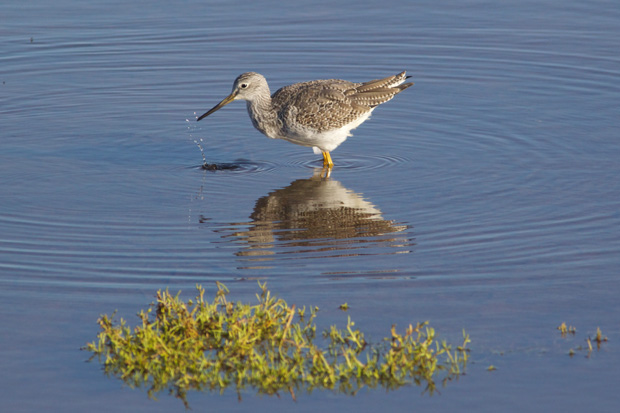
that I wouldn’t have a clue how to replicate it with Photoshop. Those circles within circles make the photo for me, and it looks even more impressive when you can see it full screen, uncropped.
Bright sunshine also makes it possible to use faster shutter speeds so that you can catch your subjects mid-flight as they land or take-off.
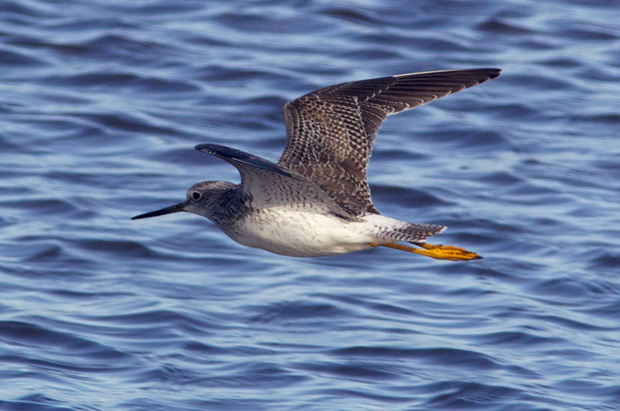
I could probably make an argument that the good feelings engendered by the sunshine have a positive effect on my photographs
.
Like this:
Like Loading...
